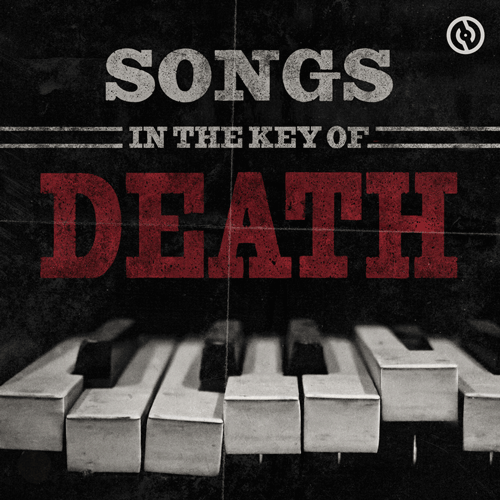
Songs in the Key of Death looks at the historic true crimes that inspired a selection of murder ballads. It combines music, true crime, history, edge-of-your-seat storytelling, and new music from Sad13 and Bonnie “Prince” Billy.
Whatever name you call Stagger Lee, we know one thing for sure: He shot Billy Lyons in plain sight, with a bar full of witnesses. If you’ve heard the song, you might think he did it because he lost a game of dice. But the real Stagger Lee wasn’t gambling at all. He got mad when Billy took his Stetson hat and wouldn’t give it back, so he fired the gun. What could lead to such a violent end? There’s a good chance it was politics — a life and death subject for these men.
Frankie killed Albert one night in St. Louis, back in 1899. Songwriters took a few liberties, even changing some names (that’s where “Johnny” comes in). Then Hollywood took more liberties while building multiple films around the song. Unfortunately for Frankie, it was a ballad people kept singing for over a hundred years — a ballad that ultimately killed her.
On Christmas Day 1929, Charlie Lawson committed the chilling act of murdering his wife and children. What’s darker is the reason why, according to some true crime authors. But are they right, and what do we know today about the rare phenomenon of familicide?
When we talk about the sexism of murder ballads, “Omie Wise” jumps to the forefront as one of the most prominent examples. Whether the true story involves a woman who was drowned because she became inconvenient or because she stood up to a no-good man, they both end the same way — with Naomi Wise dead, and many tales that got it wrong.
When Henry Clay Beattie’s wife Louise died under what turned out to be mysterious circumstances in 1911, the trial of the century began. Figuring out the circumstances of her death would lead to a million lines of newsprint all over the country — and end with the electric chair.
A 14-year-old girl named Delia Green was shot to death on Christmas night in 1900 by a boy who thought she was being mean to him. How did that turn into a song about a “lowdown” and “trifling” woman who was cheating on her man — and a song that would save Johnny Cash’s career?

